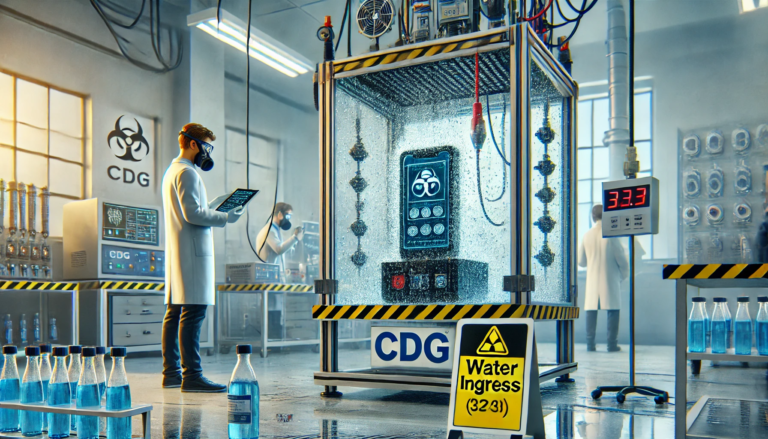Understanding IP65: How Dust and Water Protection is Tested
In our fast-paced, technology-driven world, ensuring that electronic devices are shielded from the elements is more critical than ever. One of the key standards used to gauge this protection is the IP (Ingress Protection) rating. In this blog post, we’ll explore what IP65 means, how it’s tested, and why this testing is vital for ensuring the durability and reliability of your devices.
What is IP65?
The IP rating system, developed by the International Electrotechnical Commission (IEC), is used to define the level of protection provided by an enclosure against dust and water ingress. The IP65 rating is a common benchmark, indicating that a device offers:
Dust Tight (6): Complete protection against dust ingress.
Water Jets (5): Protection against water jets from any direction.
Let’s dive into the testing procedures that ensure a device meets the IP65 standard.
Testing for Dust Protection
Dust Chamber Testing: The primary method for testing dust protection is by placing the device in a dust chamber. This chamber is filled with a specific type of dust (usually talcum powder) to simulate harsh environments. The device is exposed to the dust for a set period while maintaining a controlled airflow.
Exposure Duration: Devices are tested for a minimum of eight hours, ensuring they can withstand prolonged exposure to dust without any ingress that could impair functionality.
Evaluation: After the dust exposure, the device is inspected for any internal contamination. The test checks if dust has penetrated and whether it has affected the device’s performance. Successful IP65-rated devices must remain fully operational and show no signs of dust ingress.
Testing for Water Protection
Water Jet Testing: For water protection, the device undergoes a test where it is exposed to water jets. The water jets are directed at the device from various angles using a nozzle.
Nozzle Specifications: The testing typically involves a nozzle with a diameter of 6.3 mm (0.25 inches) and water pressure of 30 kPa (kilopascals). The device is subjected to these jets for at least three minutes.
Exposure Conditions: Devices are tested while being rotated to ensure that all possible angles are covered. This simulates real-world conditions where water may be directed at the device from different directions.
Post-Test Inspection: After the test, the device is checked for any signs of water ingress. The internal components are inspected to ensure they remain unaffected by the water jets.
Practical Applications and Real-World Examples
- Outdoor Electronics: Devices like security cameras, outdoor lighting fixtures, and weather stations often need to be IP65-rated. These products are exposed to dust and water regularly, and IP65 testing ensures they continue to function effectively under these conditions.
- Industrial Equipment: Machinery and equipment used in manufacturing and processing environments benefit from IP65 ratings. Dust and water protection help maintain operational reliability and safety in harsh industrial settings.
- Consumer Electronics: Smartphones and other portable devices with IP65 ratings can withstand exposure to dust and water, offering peace of mind for users in various environments.
IP65 testing is crucial for ensuring that electronic devices are well-protected against dust and water ingress. By rigorously testing devices for these factors, manufacturers can guarantee the longevity and reliability of their products in challenging conditions. Whether you’re designing a new product or assessing existing devices, understanding IP65 testing procedures helps in maintaining high standards of quality and performance.


